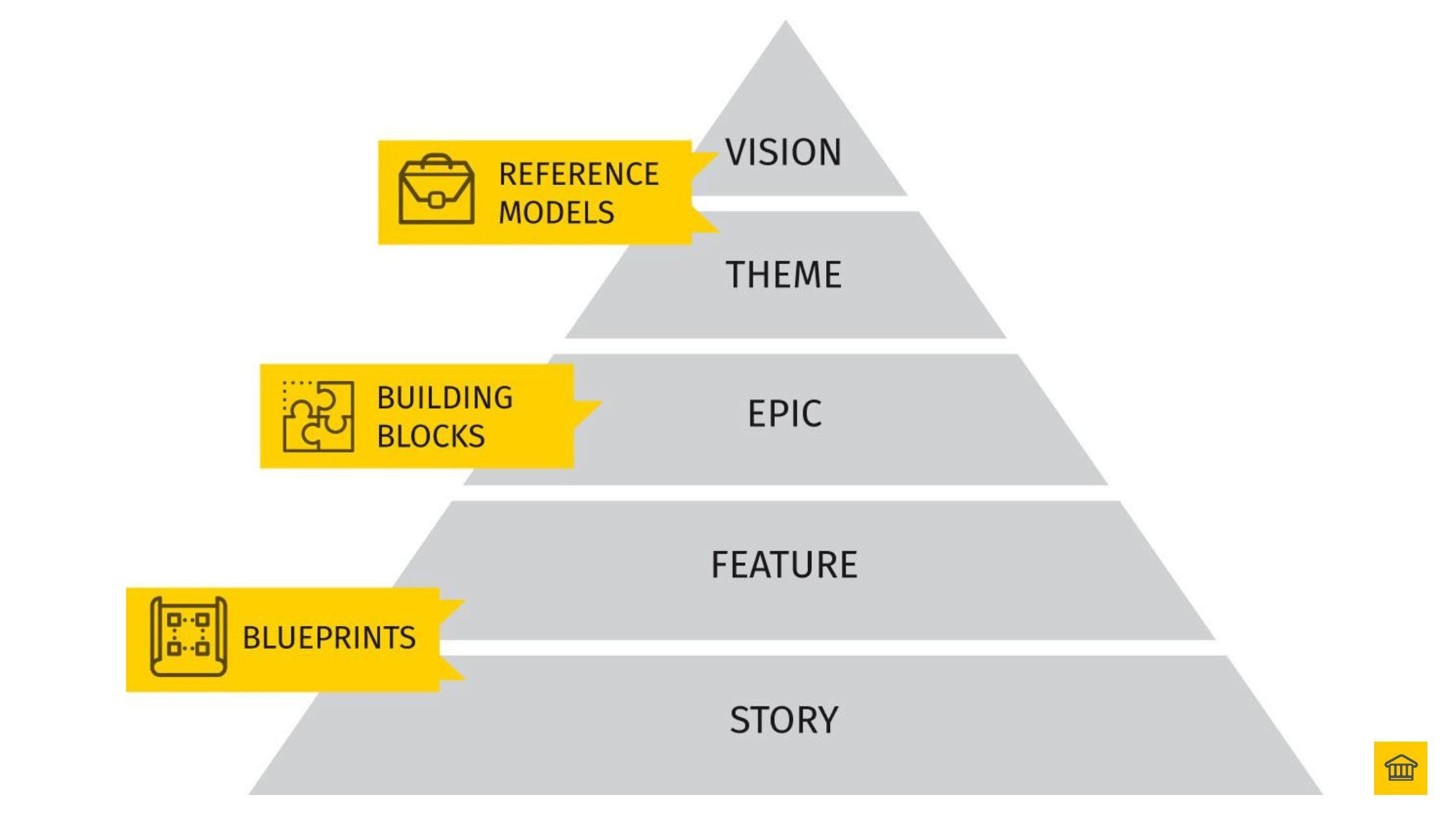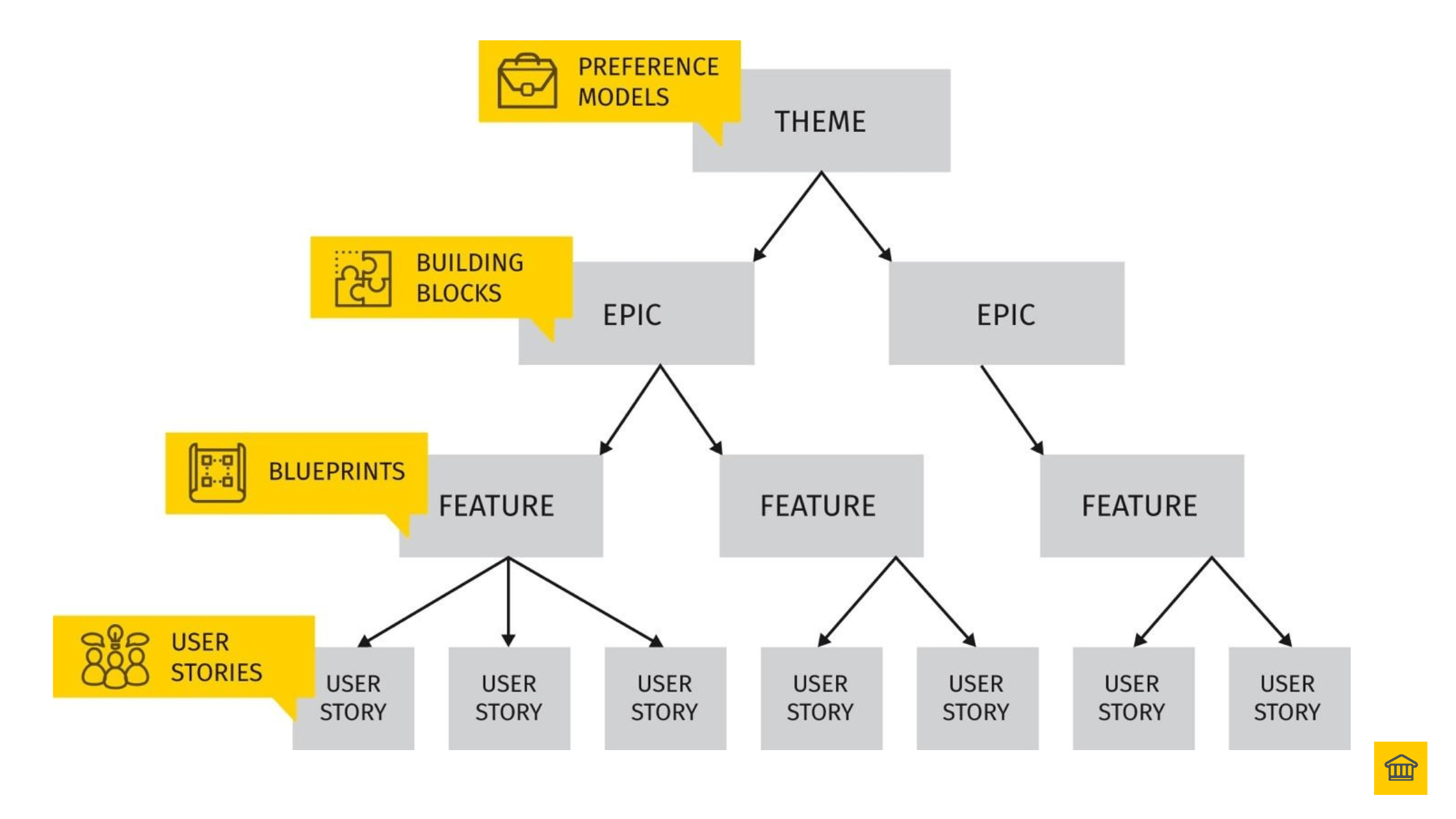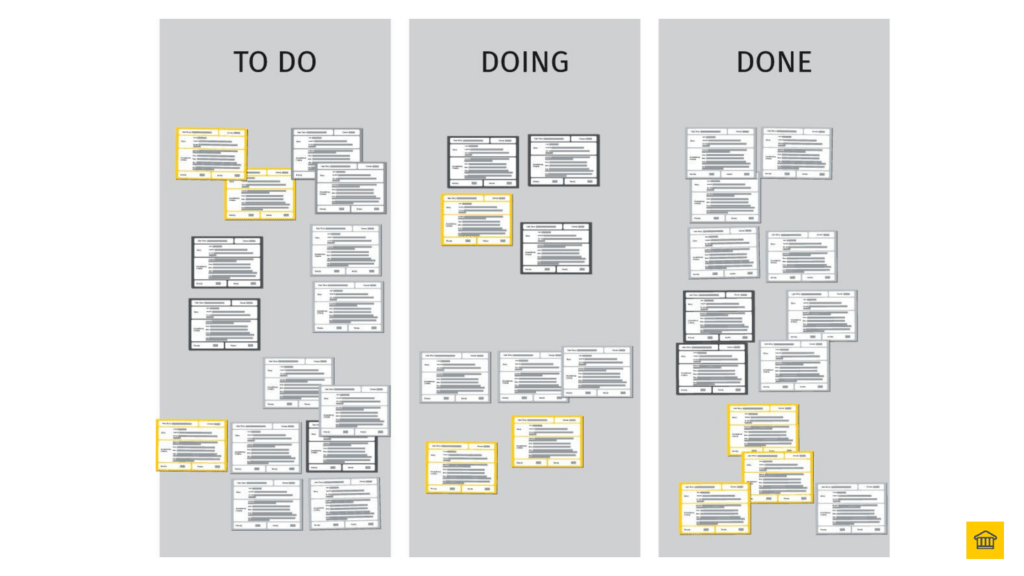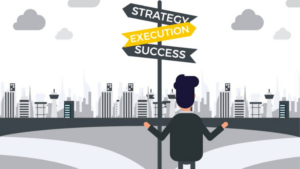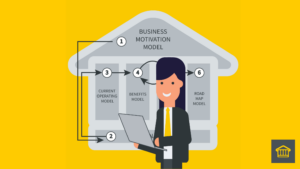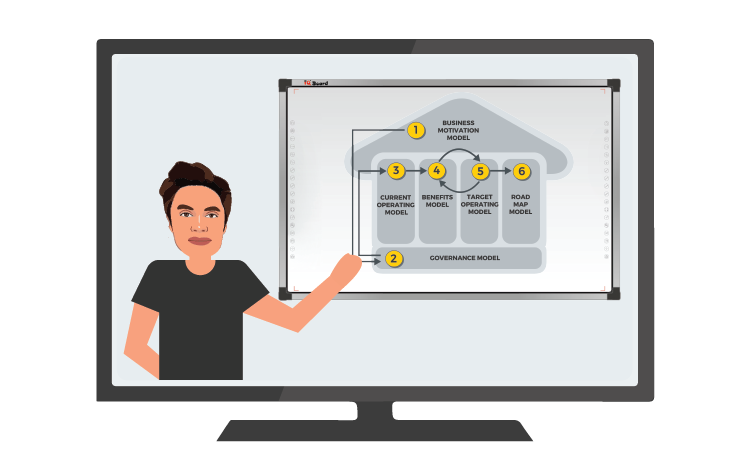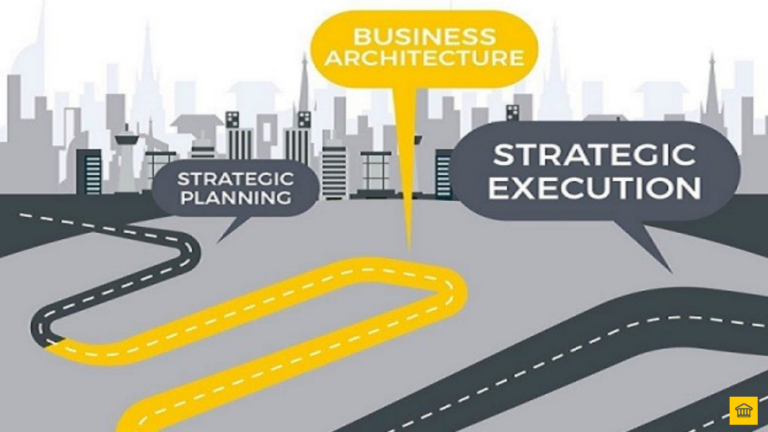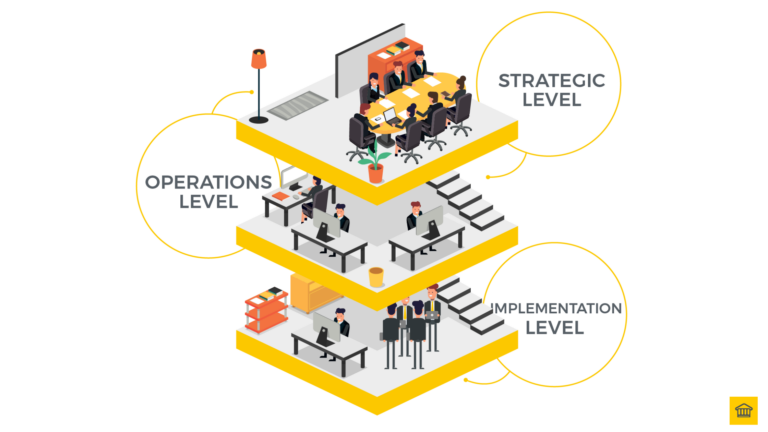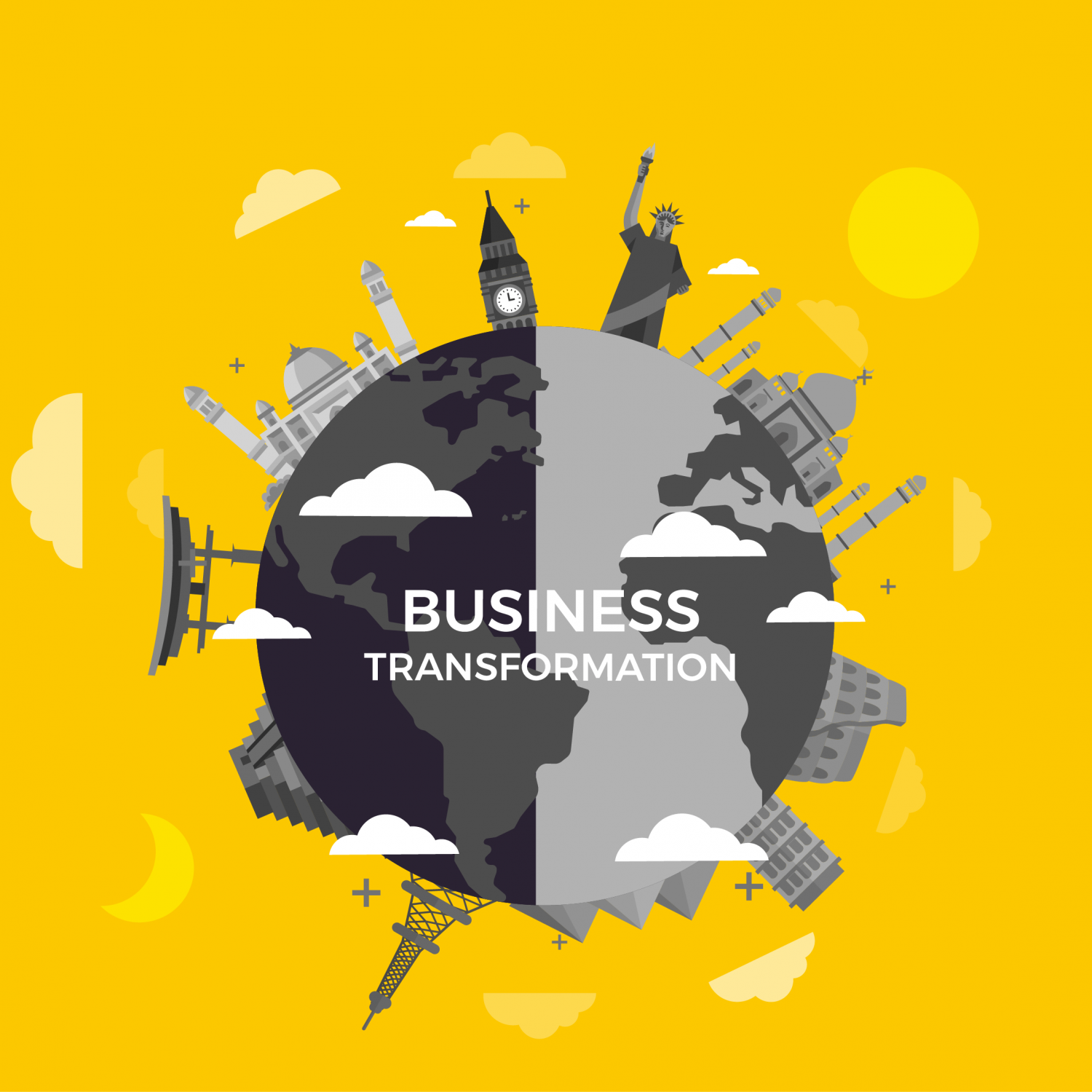Welcome to our exploration of the blog post, “Kanban for Your Agile Transformation” by HOBA Tech.
This insightful piece discusses the use of Kanban, a visual workflow management tool, as a key instrument for agile transformation.
The blog post emphasizes the need for a revolutionary approach to agile transformation, moving away from the traditional technology-led and waterfall delivery methods.
The post introduces the Agile Business Transformation framework, HOBA, developed by HOBA Tech.
This framework, which is delivered in an Agile fashion using Kanban, is designed to address the high failure rate of business and digital transformation programs.
The blog post also highlights the alignment of HOBA with other approaches such as TOGAF, Agile Scrum, SAFe, and Benefits Realization Management.
Heres what we’ll cover (click the links to skip to the section below):
NB – Click to expand images 📸
Table of Contents
With 70% of business and digital transformation programmes failing to deliver, it’s time for a revolutionary approach. We addressed this in a previous post.
Incremental improvements to broken methods only don’t fix the problem, they only delay them.
Existing methods are both technology-led, and waterfall in delivery.
You need revolutionary approach. Agile Transformation.
In this post we are going to discuss HOW and WHY you need Agile Transformation, using Kanban.

6-Steps to Business Transformation Success
WHAT THE TOP 30% OF ORGANISATIONS KNOW THAT YOU DON’T 👉

🌟 "Existing methods are both technology-led, and waterfall in delivery. You need revolutionary approach. Agile Transformation." 🚀📈 #AgileTransformatio #kanban #agiletransformation #agilescrum
Heath Gascoigne Tweet
Why use Kanban for your Agile Transformation?
Kanban is a visual workflow management tool. It helps people manage and track work as it moves through the process.
Agile and Kanban are not traditionally used for non-software or non-technology programmes— and that’s part of the problem.
All parts of the projects and programme need to be developed and delivered using the same approach – Business AND Technology.
The key to Kanban is you have to decompose the different pieces of work in a similar size. You can’t just get any process and decide ‘let’s make it Agile and manage it via Kanban’. It has to be native to the framework.
This is why we created HOBA®.
HOBA® is the only business-led Agile Business Transformation framework that develops the Business Architecture and delivers it in an Agile fashion, using Kanban.
HOBA®’s requirements, development and management follow similar principles used by the Scaled Agile Framework (SAFe)— an agile adaptive framework. We discussed this in a previous post.
Benefits of Kanban for your Agile Transformation
The benefits of managing your transformation via Kanban is as follows:
Visual Workflow Management Tool
This helps people manage and track work as it moves through the process, in HOBA®, that is the ‘Design Process.
It also helps to bring stakeholders on board and shows them their scope of work.
Clear Process
By visualising the work either on a digital or physical board, everyone is aware of it (the work, workload, and workflow).
Ownership and Accountability
Provides visibility of the work, and accountability that everyone needs to complete their assigned work, so the team pulls together, as a team.
It also provides the ability for everyone to be accountable for their own work, while providing autonomy to go away and ‘get it done’.
Promotes Information Sharing
Everyone on the team is aware of who owns what task, that teams work more efficiently when they are all on the same page about priority, status and progress.
Limits Work-in-Progress
Kanban ensures that people finish one piece of work, before they take up a new task, ensuring tasks are actually finished before starting a new task.
Promotes Sense of Achievement
As you constantly chip away the tasks, one at a time, it both ensures the work flows through the process but gives a sense of achievement as the team can see the work they have also accomplished.
Kanban also allows the team to identify improvements in the process and implement improvements, so the team improves incrementally through the process.
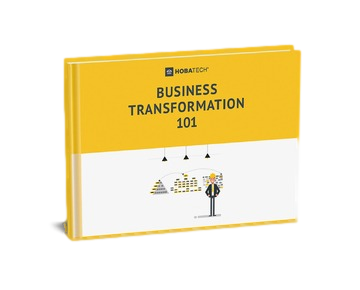
🌟"Kanban is a visual workflow management tool. It helps people manage and track work as it moves through the process." 📊 #KanbanWorkflow
Heath Gascoigne Tweet
Why use Kanban for your Agile Transformation?
As mentioned above, the key to Kanban is to decompose your work into manageable chunks, of similar size.
For your Agile Transformation, the Business Architecture requirements need to be structured intentionally to support agile transformation.
The Business Architecture highest-level requirements (i.e. vision and themes) are defined at the highest level of the organisation (i.e. the portfolio). This cascades down to operational requirements and the implementation stage. We covered this is a previous post.
How to use Kanban for your Agile Transformation?
These programmes and projects decompose into epics and stories.
Their outcome is complete visibility and traceability from the high-level requirements to the project level.
The requirements created at their respective levels are captured, managed and reported.
In HOBA®, the Business Architecture requirements – are broken down from high level (Reference Models), to their sub and lower (detailed) level requirements (Building Blocks and Blueprints), as discussed in our previous post
Here’s a model that helps illustrates my point:
In Agile, thetheme level requirements (reference models), are broken down into epics (building blocks), features (blueprints) and user stories (user stories) as shown below:
How do you manage your Agile Transformation using Kanban?
Now that we’ve discussed the business architecture requirements, how do you manage them?
Business Architecture requires managing non-technology (or non-software) requirements on the story card.
As the work is completed, it is moved across the three (3) columns as the work progresses and is ‘done’.
As the work is managed, and completed using Kanban, you get to reap the benefits as discussed in Benefits of Kanban for your Agile Transformation above.
For your Agile Transformation to be successful, you need to get the senior stakeholders in place.
The Kanban board will help the senior stakeholders, team and organisation get a clear idea of the scale of work that needs to be done for every level of the organisation.
Looking for the Best Training to deliver your Business Transformation? Search no more!
- 30-Day Money-Back Guarantee
- Risk FREE

🌟"The key to Kanban is you have to decompose the different pieces of work in a similar size." 🔑 #KanbanKey
Heath Gascoigne Tweet
Conclusion
In conclusion, our blog post “Kanban for Your Agile Transformation” has highlighted the importance of using Kanban as a tool for agile transformation.
We’ve discussed how existing methods, often technology-led and waterfall in delivery, can be revolutionized with the use of Kanban.
This visual workflow management tool can be used not only for software or technology programs but also for non-software or non-technology programs.
We’ve also introduced you to our agile business transformation framework, HOBA, which follows similar principles used by the Scaled Agile Framework (SAFe). HOBA focuses on developing and delivering the Business Architecture in an agile fashion using Kanban, providing a clear and logical methodology that can be easily understood by the business.
We hope this post has given you a deeper understanding of the benefits of managing transformation through Kanban and how our HOBA framework can aid in successful transformations.
Learn More and Contact Us
If you’re interested in learning more about HOBA Tech and our services, please visit our website.
For any inquiries or to discuss how we can help with your agile transformation, feel free to contact us.
Hope you found a lot of value in this post. Thank you for reading!
Sincerely,

Heath Gascoigne
P.S. If you want to join our Business Transformator community of 2,000+ like-minded Business Transformators, join the community on the Business Transformator Facebook Group here.
P.P.S. If you want to learn more about business transformation, check out The Business Transformation Playbook here.
For more information, visit https://www.hoba.tech


